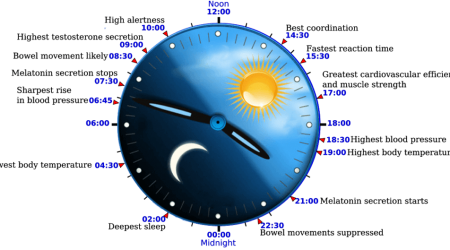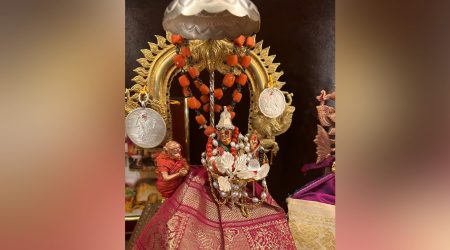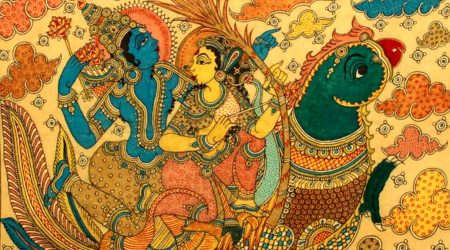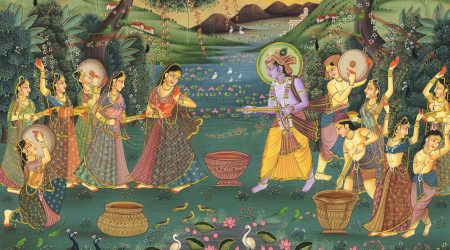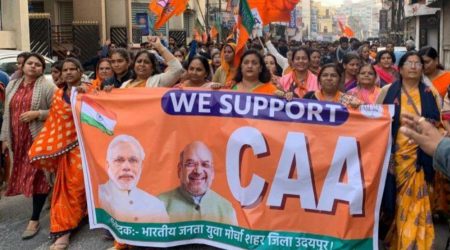By Bal Ram Singh, PhD
A Dutch word, Nani for grandmother, a Russian word, Maat for mother, an Italian bookstore name as Mandodari, Ramallah in Arabic, Alakh as Allah in Arabic, Fresh (firch) in English, Roma in Italy, Vatican (Vatika) as Roman, as are many other words that resonate with words in Avadhi/Hindi, and may reflect links of India with most outside cultures. Could that cultural link be sufficient to provide evidence for a common cultural ancestry of the world? Does that ancestry originate in Ayodhya of Ram, and thus his cultural connection?
The map here shows the major movements associated with the first lasting “peopling” of the world’s regions: early movements which did not result in lasting populations (such as the early Out of Africa movements before 70kya) are not shown late movements into already populated regions (such as Epipaleolithic and Neolithic migrations associated with Indo-European, Bantu, etc.) are not shown; the Austronesian (Pacific) expansion is shown even though it is much later than such Neolithic movements because it led to the “first peopling” of the Pacific islands.
The technicality aside, this line of research shows how world population, due primality geological and climatic reasons, ended up in India, that too southern tip of India, over 65 thousand years ago. This event provides substantial scientific evidence that could marginally support the Puranic stories of India, sometimes considered as reflecting on the history.
According to various texts, Vaivasvata Manu is supposed to have founded the kingdom of Ayodhya, on the bank of Saryu river, as his son Ikshavaku is the originator of the Suryavamsha or the solar dynasty, and his another son, Ila is believed to be the originator of the Chandravansha or the Lunar dynasty. After the Vanaprashtha, he and his queen Satarupa are supposed to have retired for his tapasya in the forest, which is in the Avadh region.
Evidently, this makes Ayodhya as the first city of human civilization and her language Avadhi, as the spring-well of all later languages of the world. Although, some tend to credit Vedic Sanskrit as the oldest language (or even devabhasa), but the classical Sanskrit (literary, the purified, or perfected, or cultivated, or adorned), as we know it today, was organized by Maharshi Panini only around 2500 years ago. Even Vedic Sanskrit could not be more than 30,000 years old. Linguists, therefore, are in favor of considering more germane languages like Prakrit, with Avadhi and Tamil variations in North and South India. There is a reference in the Matsya Purana, which suggests Vaivasvata Manu of Dravidian origin, who moved to Ayodhya during the epochal deluge.
However, a most compelling case is made for the cultural celebration of Makar Sankranti. While it is known as Pongal in Tamil Nadu, the dish for the celebration of the festival is prepared from rice, just like the Khichadi in the north, particularly the Avadh region. The festivals in India are mostly celebrated at some harvest, especially when a specific food is served at the festival. The rice crop in north India is harvested in November, and there is a rice dish of Rasiav (a sweet rice dish similar to Pongal) that is prepared on Bhaiduj occurring just after Diwali. So, a January celebration for a rice crop does not make any appropriate sense. However, it is a recent discovery for me to learn from a Tamil friend, Parthasarthy, that in Tamil Nadu there is a rice crop in January. It is, therefore, quite likely that rice dish tradition was imported along with King Manu, making the Dravidian origin of the Manu more strongly established.
This finding may have more implications than simply a festival, as the Dravidian origin of Indian culture and civilization will have social, political, linguistic, and dharmic repercussions, and will completely destroy the concepts of Aryan Invasion Theory mooted by the British for a long time. There will be questions about Sanskrit or Tamil being the most ancient language, and finally it will explain the most authentic Hindu practices in India being that of Tamil or South India origin. Much research and analysis are further needed.
The Ikshavaku solar dynasty from Dravidian Manu, the lineage Ram belongs to, the cultural dish of rice at Makar Sankranti being celebrated for a planetary constellations, Rasiav similarity to Risotto in Italy, Roma people tracing their origin to Rama, the Russian Maat, Dutch Nani, Arabic Ramallah, these all point to the Ram as an ancient icon of the world. Exploration is on!
—————————-

Balram Singh is a Professor and the President of the Institute of Advanced Sciences, Dartmouth, Massachusetts, researching Ayurveda, Yoga, Vedic education, and Vedic social and political traditions. He is also an adjunct faculty at Jawaharlal Nehru University (JNU), New Delhi.
Disclaimer: The views expressed are not necessarily those of The South Asian Times



